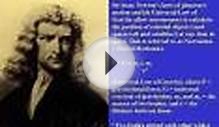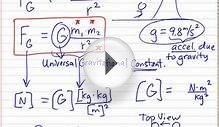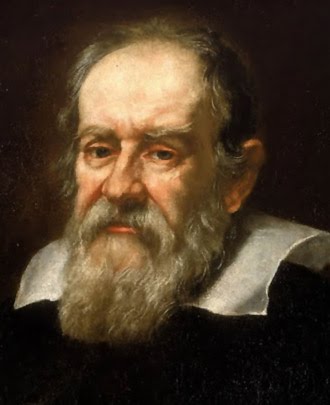
While Copernicus rightly observed that the planets revolve around the Sun, it was Kepler who correctly defined their orbits. At the age of 27, Kepler became the assistant of a wealthy astronomer, Tycho Brahe, who asked him to define the orbit of Mars. Brahe had collected a lifetime of astronomical observations, which, on his death, passed into Kepler’s hands. (Brahe, who had his own Earth-centered model of the Universe, withheld the bulk of his observations from Kepler at least in part because he did not want Kepler to use them to prove Copernican theory correct.) Using these observations, Kepler found that the orbits of the planets followed three laws.
Brahe believed in a model of the Universe with the Sun (rayed disk) orbiting the Earth (black dot), but the other planets (symbols) orbiting the Sun. In an attempt to prove his theory, Brahe compiled extensive astronomical records, which Kepler eventually used to prove heliocentrism and to calculate the orbital laws. [Adapted from Tycho Brahe, Astronomiae instauratae progymnasmata (“Introductory exercises toward the restoration of astronomy.”)]Like many philosophers of his era, Kepler had a mystical belief that the circle was the Universe’s perfect shape, and that as a manifestation of Divine order, the planets’ orbits must be circular. For many years, he struggled to make Brahe’s observations of the motions of Mars match up with a circular orbit.
Eventually, however, Kepler noticed that an imaginary line drawn from a planet to the Sun swept out an equal area of space in equal times, regardless of where the planet was in its orbit. If you draw a triangle out from the Sun to a planet’s position at one point in time and its position at a fixed time later—say, 5 hours, or 2 days—the area of that triangle is always the same, anywhere in the orbit. For all these triangles to have the same area, the planet must move more quickly when it is near the Sun, but more slowly when it is farthest from the Sun.
This discovery (which became Kepler’s second law of orbital motion) led to the realization of what became Kepler’s first law: that the planets move in an ellipse (a squashed circle) with the Sun at one focus point, offset from the center.
Through Brahe’s astronomical measurements and Kepler’s own drawings of the geometrical relationship between the Sun and Mars in various parts of the planet’s orbit, Kepler discovered that planets moved faster when they were closer to the Sun. From this realization, he concluded that the orbit of Mars was elliptical, not circular. [Adapted from Johannes Kepler, Epitome astronomia Copernicanae (“Epitome of Copernican Astronomy.”)]
Kepler’s third law shows that there is a precise mathematical relationship between a planet’s distance from the Sun and the amount of time it takes revolve around the Sun. It was this law that inspired Newton, who came up with three laws of his own to explain why the planets move as they do.
Newton’s Laws of Motion
If Kepler’s laws define the motion of the planets, Newton’s laws define motion. Thinking on Kepler’s laws, Newton realized that all motion, whether it was the orbit of the Moon around the Earth or an apple falling from a tree, followed the same basic principles. “To the same natural effects, ” he wrote, “we must, as far as possible, assign the same causes.” Previous Aristotelian thinking, physicist Stephen Hawking has written, assigned different causes to different types of motion. By unifying all motion, Newton shifted the scientific perspective to a search for large, unifying patterns in nature. Newton outlined his laws in Philosophiae Naturalis Principia Mathematica (“Mathematical Principles of Natural Philosophy, ”) published in 1687.
Law I. Every body perseveres in its state of rest, or of uniform motion in a right line, unless it is compelled to change that state by forces impressed theron.
In essence, a moving object won’t change speed or direction, nor will a still object start moving, unless some outside force acts on it. The law is regularly summed up in one word: inertia.
Law II. The alteration of motion is ever proportional to the motive force impressed; and is made in the direction of the right line in which that force is impressed.
Newton’s second law is most recognizable in its mathematical form, the iconic equation: F=ma. The strength of the force (F) is defined by how much it changes the motion (acceleration, a) of an object with some mass (m).
INTERESTING VIDEO



 Galileo Galilei (Italian pronunciation: [ɡaliˈlɛːo ɡaliˈlɛi]; 15 February 1564 – 8 January 1642), was an Italian physicist, mathematician, astronomer, and philosopher who played a major role in the Scientific Revolution. His achievements include improvements to the...
Galileo Galilei (Italian pronunciation: [ɡaliˈlɛːo ɡaliˈlɛi]; 15 February 1564 – 8 January 1642), was an Italian physicist, mathematician, astronomer, and philosopher who played a major role in the Scientific Revolution. His achievements include improvements to the...








